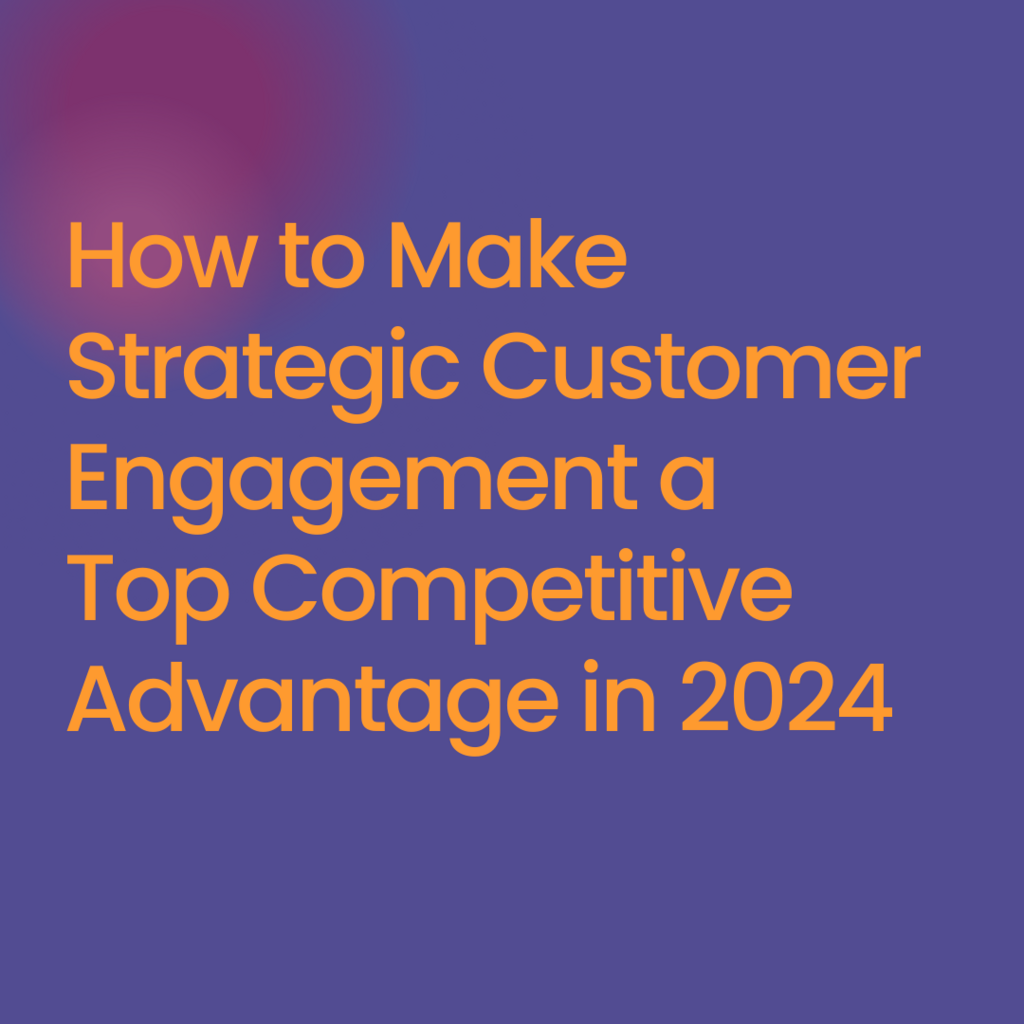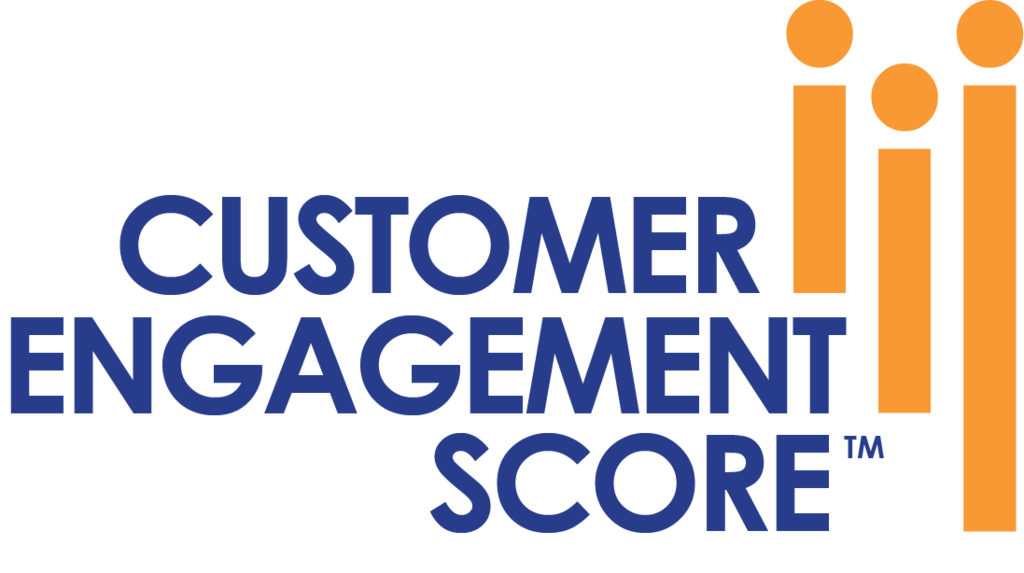Adapted from the book, “ProphetAbility – The Revealing Story of Why Companies Succeed, Fail, or Bounce Back” by Tony Bodoh and Betsy Westhafer.
We hear through our paradigms. Test this within your own company by asking a cross-section of employees and leaders to read the same customer story and then tell you what the customer’s challenges were. Their answers will depend in part on:

- their role in the organization
- the KPIs that matter to their success
- their time horizon of reference
- their level of authority to resolve an issue
Those who deal with transactions, like a retail clerk or customer service agent, will focus on the present and the specific customer in the story. The C-suite will focus on what it means for their department’s operations. The CEO is focused on what this means for the customer base now and into the future.
Having an awareness of this will help you see three different levels at which your team is listening to customers and trying to address challenges. These levels are tactical, operational and strategic. We’ve been warned repeatedly about how siloed analysis and action between departments can lead to poor customer experiences, higher operational costs and failure to execute coordinated efforts. However, most organizations have blind spots that keep them from seeing how their tactics, operations and strategies are not synchronized, or worse, how they are sabotaging each other.
Having an awareness of this will help you see three different levels at which your team is listening to customers and trying to address challenges. These levels are tactical, operational and strategic. We’ve been warned repeatedly about how siloed analysis and action between departments can lead to poor customer experiences, higher operational costs and failure to execute coordinated efforts. However, most organizations have blind spots that keep them from seeing how their tactics, operations and strategies are not synchronized, or worse, how they are sabotaging each other.
These VoC programs vary dramatically in their success primarily because they are implemented as a tactical response tool. Goals include:
1) tracking how many times a particular issue was raised by customers and the average sentiment score of these mentions;
2) reducing the number of times the issue is mentioned; and,
3) improving the average sentiment score of these mentions.
These tactical goals often create employee behavior that is irrational to the operational and strategic thinkers in the company, and they can be self-sabotaging. One particular case that comes to mind is that of a Fortune 500 company that removed its customer service telephone number from the website and declared a success when the volume of phone complaints decreased. This type of short sightedness is far too common.
One bright spot we do see is the emergence and growth of customer success teams and programs. These teams are often found in companies with a subscription-based revenue model because they realize that their customer’s success has an immediate and direct impact on their top and bottom lines. Software-as-a-Service (SaaS) companies have led the way in this arena. The reason we see this as promising stems from their approach to pushing out the horizon. They don’t wait for the customer to have a problem and then react. They are using a variety of data sources to detect when customers may be on the path toward a problem or simply not taking the best path to achieve success. Then, they proactively step in to provide some education or advice.
Operational Listening to Customers
Operational listening is focused on understanding the challenges customers have while doing business with the company. While there are a number of causes, some of the most common include siloed data, information and communications. Think of the challenges you have when moving from one channel to another while working with a vendor. The sales team promising more than can be delivered or failing to share their specific promises with the fulfillment team are also common issues. For large companies, we find that the silos between product lines or divisions can cause significant operational challenges.
Your customers are typically not experts in your business, nor should you expect them to be. This is one of the big problems with an operationally oriented VoC program. You may have teams looking only at one product or feature and never step back to consider the whole relationship the client has with you or how your products and service teams interact in ways that cause challenges for the customer.
Strategic Listening to Customers
Strategic listening is focused on understanding the challenges customers have within their life, profession or business that the company may or may not be attempting to resolve. The perennial example of this is the product development research conducted for Proctor and Gamble’s Swiffer product. Swiffer is essentially a disposable wet wipe on a stick for cleaning floors. They could have commissioned a thousand different tactical or operational listening studies and they would never have discovered the new product opportunity. The team had to go beyond what customers were complaining about related to their existing products, features and benefits (tactical). They had to look beyond the expertise they had as a company in existing product lines like floor detergents (operational). The team needed to step back to understand how they could reposition the company to solve a problem that their customer did not even realize they had—cleaning their house was dirty work. They did this by watching how women cleaned their homes. There are several accounts of the Swiffer story available online if you are not familiar with it. One that we like is, A Chain of Innovation: The Creation of Swiffer by Harry West.
It is rare, but not impossible to find strategic opportunities in bottom-up research. The rarity is due to the limited visibility the front line has of strategic matters, KPIs focused on tactical success and a time horizon that is laser-focused on the present. It is far more common to find strategic opportunities using top-down (CEO directly involved) research using methods that engage the C-suite of B2B or B2B2C customers.
Every CEO needs to be aware of the levels of research their company is involved in. They need to take responsibility for championing research at all levels and for initiating both bottom-up and top-down research. Missing out on these will create a scenario in which competitors can pose significant threats.
Betsy Westhafer is the CEO of The Congruity Group, a Customer Advisory Board consultancy based in the US. She is also the co-author of the #1 Best Seller, “ProphetAbility – The Revealing Story of Why Companies Succeed, Fail, or Bounce Back,” available on Amazon.








